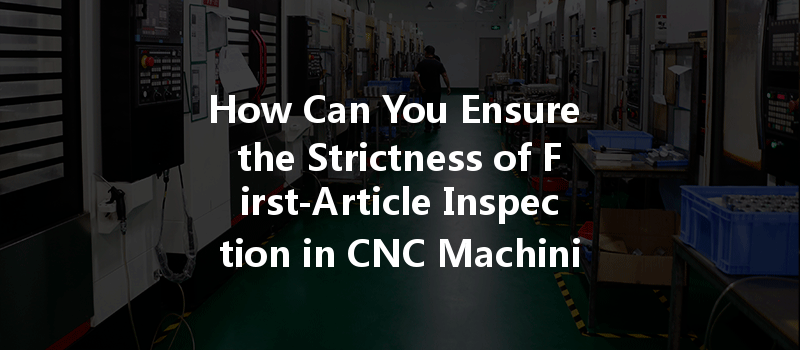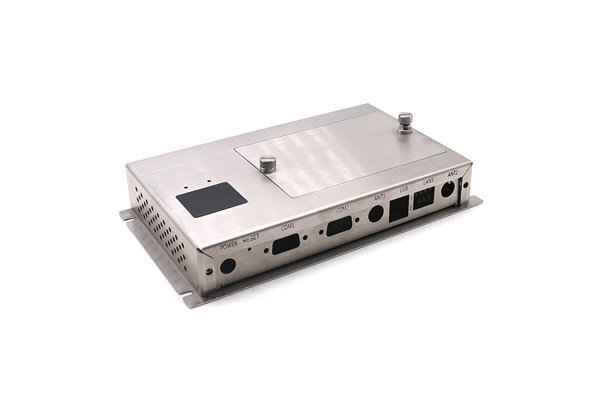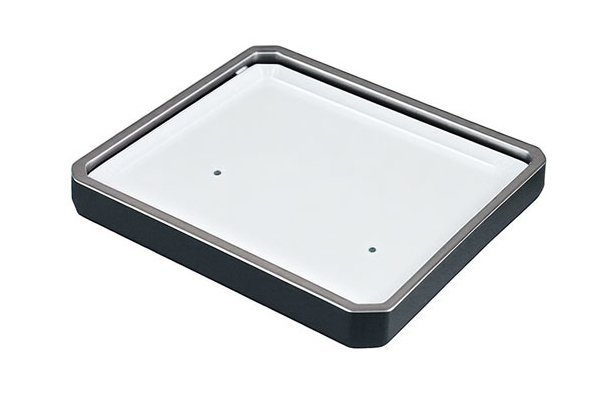Did you know that approximately 70% of defects in manufacturing stem from design and process errors? This startling statistic emphasizes the importance of stringent quality control measures, particularly in precision-driven environments like CNC machining. Ensuring the strictness of first-article inspection (FAI) is a critical step in the manufacturing process that can significantly enhance product quality and reduce costs. So, how can manufacturers ensure that their FAIs are foolproof? This comprehensive guide will explore all aspects of FAI in CNC machining, providing detailed solutions to ensure strict adherence to quality and standards.
Understanding First-Article Inspection (FAI)
First-Article Inspection involves a thorough examination of the first produced part (or article) from a manufacturing process. The goal of FAI is to validate that the production process is capable of consistently producing parts that meet predetermined specifications and tolerances. In CNC machining, where precision is paramount, an absence of a strict FAI can lead to costly mistakes, rework, and ultimately impact customer satisfaction.
The Importance of First-Article Inspection
Key Steps in Conducting an Effective FAI
To ensure the strictness of the first-article inspection, manufacturers should implement the following systematic approach:
Step 1: Establish Clear Specifications
Before any FAI is conducted, clear specifications must be set for what constitutes an acceptable first article. This should include:
Step 2: Develop a Detailed Inspection Plan
An inspection plan should outline the methods and criteria for assessing the first article. This plan may involve:
Step 3: Conduct Thorough Inspections
The next step is to carry out the inspections as per the established plan:
Step 4: Addressing Non-Conformances
In the event of non-conformances, swift action should be taken:
Step 5: Documentation and Communication

FAI is not just about measurement; it extends to documenting and communicating results:
Advanced Technology and FAI
In today’s manufacturing landscape, leveraging advanced technologies can significantly enhance the efficacy of first-article inspections. Some technologies include:
Investing in automated inspection systems with real-time monitoring capabilities can streamline the FAI process, ensuring rapid response to deviations while reducing human error.
Artificial Intelligence (AI) combined with machine learning can analyze dimensional data to predict trends and highlight potential issues before they escalate.
Cloud-based systems allow for the centralized storage of FAI data and facilitate easy access for stakeholders, supporting seamless communication.
Training and Skill Development
Ensuring strict FAI protocols also necessitates training and development for personnel involved in the CNC machining process:
Operators should be well-trained not only in machine operation but also in quality standards relevant to the products they manufacture.
Encourage a culture of continuous learning wherein staff remain updated on the latest trends, tools, and techniques in quality inspection and CNC machining.
Fostering cross-functional teams that bring together design, production, and quality assurance employees can lead to better problem-solving and communication.
Measuring FAI Success
To maintain strictness in FAI, organizations should frequently measure the success of inspections:
Establish KPIs surrounding FAI goals, such as the percentage of conforming first articles, time taken for inspections, and frequency of non-conformances.
Conduct regular reviews of FAI processes and outcomes, leading to an iterative approach that welcomes improvements.
First-Article Inspection is an essential component of CNC machining that, when done correctly, enhances quality assurance, promotes consistency, and drives cost-effectiveness. By establishing clear specifications, developing thorough inspection plans, embracing advanced technologies, and fostering a culture of continuous learning, manufacturers can ensure a strict and effective FAI process.
Reflect on how implementing these practices can save time and resources for your organization. The importance of a robust FAI process extends beyond merely checking off boxes; it is a commitment to excellence that resonates throughout all levels of production, significantly impacting customer satisfaction and corporate reputation. Therefore, consider investing in stringent FAI processes as a key driver for your organization’s success and sustainability in a competitive market.
By implementing the strategies outlined in this blog, you can ensure that your first-article inspections uphold the highest standards of quality and precision, ultimately propelling your CNC machining operations to new heights.






